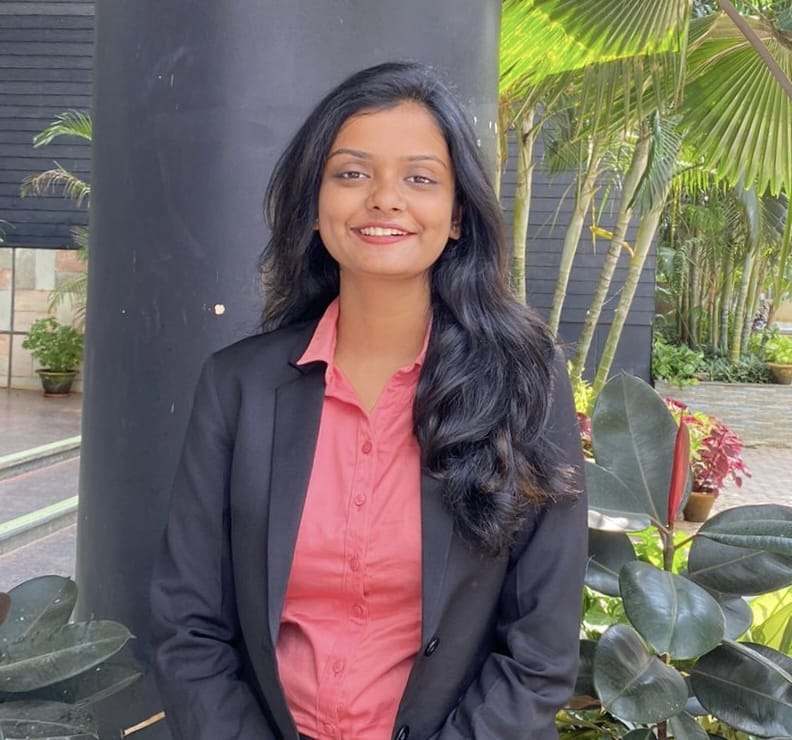The Constitution of India came into force on 26 January 1950 after a lengthy formidable battle with the British. This was a cordial try at the amalgamation of various cultural and religious groups under the umbrella of unbelief and liberating them from the Hindu Caste Hierarchy. Hence, the fundamental right of freedom of religion guaranteed under Part III of the Constitution of India obtains an important role in the Indian Jurisprudence. Nonetheless, it is also to be kept in mind that some individual’s expression of his freedom of religion should not violate someone else rights. Subsequently, it has to be made explicit that which of the religious practices are essential and important for the religion, so that, when a case has to be decided where different fundamental rights take more than one side of interpretation, the Honorable Court of Law can efficaciously strike a balance between the two. The Superiority of the Constitution has been laid down in Article 13 making it clear that in case of dispute between fundamental rights and any other rights, the former one would persuade and it also gives a clarity on the pre-constitutional and post constitutional laws. This blog focuses on the essential religious practices within the scope of Article 13 of the Constitution of India, trying to maintain a balance between several components of the two.
Table of Contents
Article 13 of the Constitution of India
Article 13 of the Constitution of India has been divided into three clauses, putting in place the superiority of the Fundamental Rights. They also throw light on the pre-constitutional and post constitutional laws. The essentials of Article 13 are as below:
Article 13 (1)
This clause throws light on the preexisting laws or the laws that were enacted and constructed before the outset of the Constitution of India. This provision of Article 13 makes it unequivocal that laws existing before the outset of the Constitution are rational only to the extent that they don’t breach the fundamental right guaranteed under Part III.
The following doctrines have been implemented from the aforesaid clause:
No retrospective effect
This doctrine makes it straightforward that the Fundamental Rights guaranteed by the constitution only have a prospective effect, that can be applied after the outset of the Constitution and not to the events foregoing it.
Rule of Severability
Article 13 does not in any way make an entire law as inoperative, only that part that is in contrary to the fundamental rights under Part III. The application of this doctrine is possible only where the two or more parts of the legislation are severable, that is, they can be detached from one another and still have a self-sufficient meaning. Hence, if one part of a law is severable from the remaining, and is contrary to the fundamental right, that law is invalid only to the extent of that part and not the entire law in itself.
Doctrine of Eclipse
The doctrine of Eclipse portrays that a law that is at odds with the fundamental rights, does not grasp to exist, it becomes inoperative instead. In simple words, such an inconsistent law does not become inoperative.
Article 13 (2)
The second clause of Article 13 talks about the future laws. It forbids the state from ratifying any future laws which are in violation of the fundamental rights.
Article 13 (3)
Article 13 (3) describes the concepts ‘law’ and ‘law in force. This clause portrays that the term ‘law’ under the said article circumscribes any order, regulation, custom, usage, bye-law, notification etc., which has the force of law in India. On the contrary, ‘law in force’ is inclusive of all the laws which were made by the legislature of the country or any other competent authority, before the onset of the Constitution of India, which has not been repealed once. This is nevertheless the fact that this law may not be in force in some particular areas.
What are essential Religious Practices?
To explain the essential elements of religion, the Honorable Apex Court entrusted the Doctrine of Essential Religious Practices. Before this, the Apex Court had to explain what exactly is a religion, and sort out the pleadings against the legislations which were tagged as controlling religious institutions, and establish the boundaries of the religious institutions.
In the case of Commissioner, Hindu Religious Endowments, Madras vs. Shri Lakshmindar Tirtha Swamiyar of Shri Shirur Mutt, a line was drawn between what were the matters regarding religion and what was not. It was penned down that the religious opinions and the acts done in contemplation of those suggestions or opinions are termed as religious practices. It this implicit that the Apex Court has mentioned that the rituals, modes of worship, and ceremonies everything falls under the ambit of essential practices of the religion. These have to be safeguarded to the extent that they are within the limits of Article 25 and Article 26 of the Constitution of India.
Analysis of Essential Legal Practices by the Indian Judiciary
The Indian Judiciary in several precedents has explained various aspects of essential religious practices.
As in the case of Jagdishwaranand v. Police Commissioner, Calcutta, the status of religious persuasion was accorded to the Community of Ananda Margis. Nonetheless, the native dance of the said community which is ‘tandav’ was not recognized as an essential element. This precedent by the Apex Court was a serious topic of debate all over India for which the High Court of Calcutta had to finally request the Apex Court to reconsider its decision.
Now coming forward to the most recent case of the Country I.e., The Indian Young Lawyers Association v. the State of Kerala, which is famously known as the Sabrimala Case, the Honorable Apex Court with its seven judges bench has clubbed three more cases which were also with respect to the rights of religion. The Court in its observation tried to maintain a balance between the two fundamental rights of the right to equality and the right to freedom of religion.
It is hard to recall the name of the case but in 2019 a group of Muslim women knocked at the doors of the Apex Court asking for their right to enter a mosque. The Apex Court here contended that the practice of forbidding Muslim women from entering into a mosque is not only derogatory to women but also an abrogation of fundamental rights.
Conclusion
There is no such clarity as of now in the Constitution regarding what amounts to essential legal practice. The Indian judiciary has responsibly taken upon itself the task to ascertain the different aspects of this essentiality. Looking at the abundance of the precedents, we can observe that various aspects of the essentiality doctrine have been entrenched by the Indian Judiciary.

Law student.
Turning legal insights into engaging narratives.





